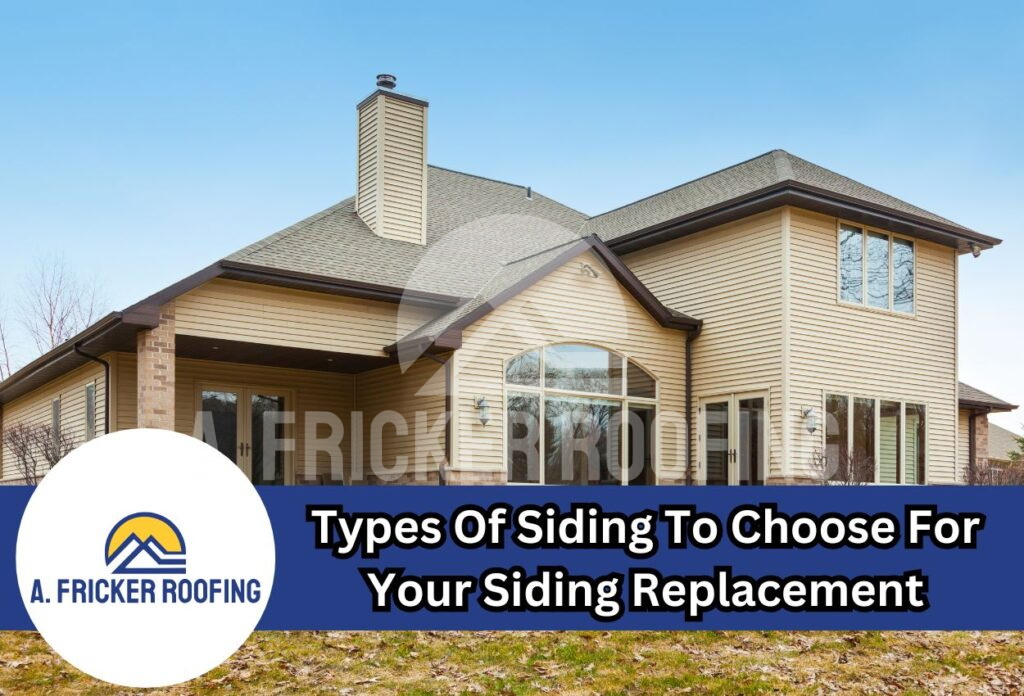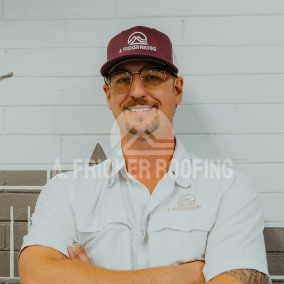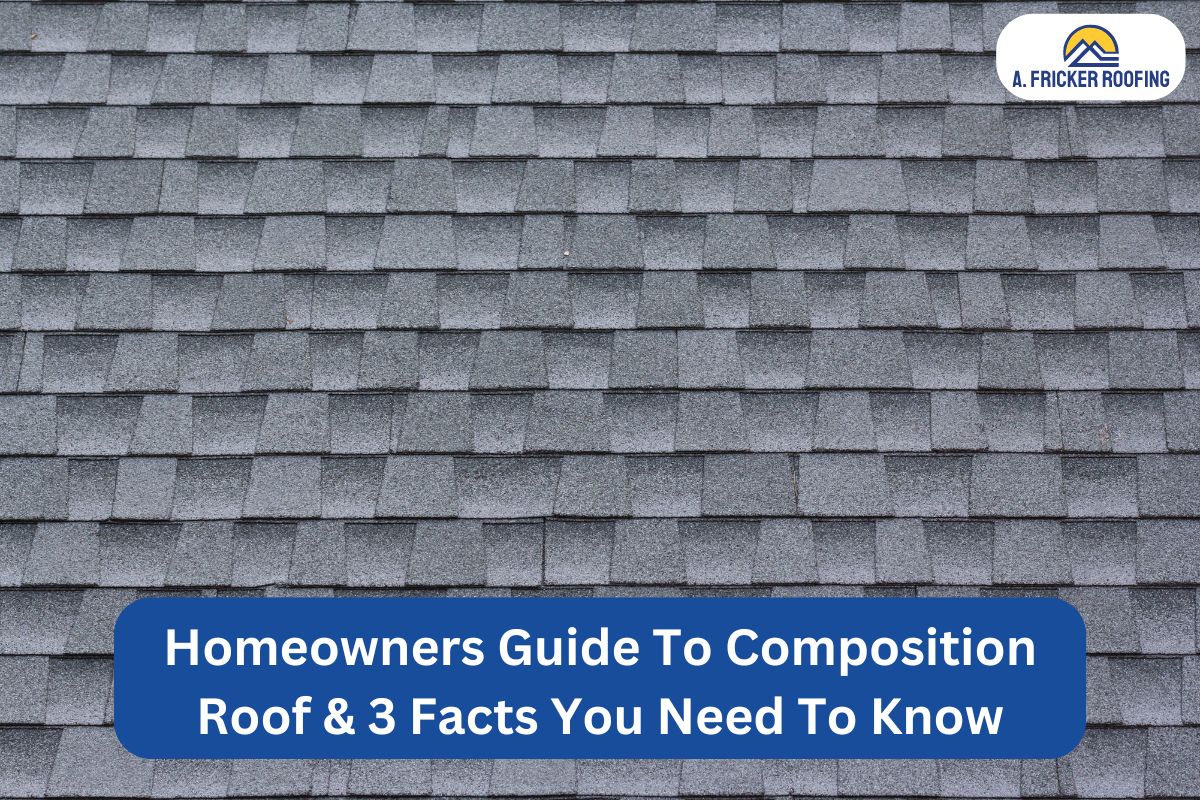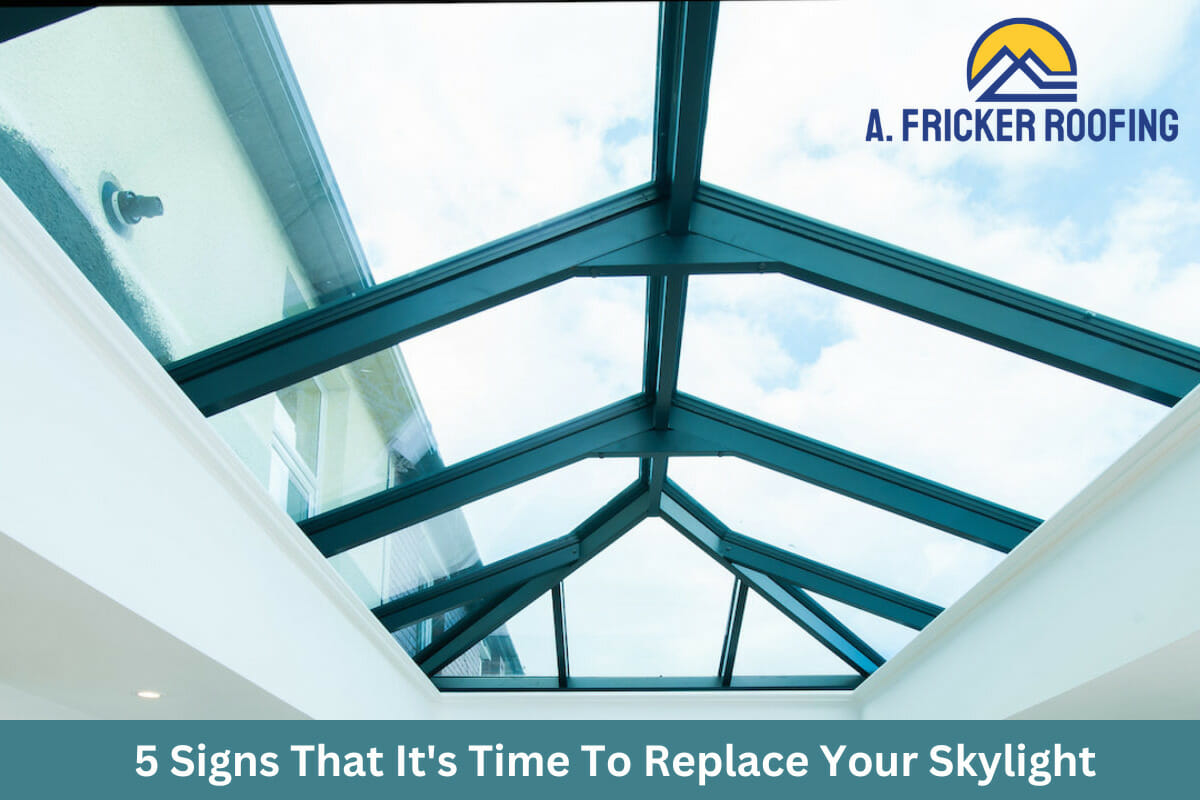When it’s time to replace your siding, you face an array of options, each with its own advantages. You might appreciate the natural elegance of cedar or pine, or perhaps you’re drawn to the resilience and low maintenance of vinyl. Fiber cement, metal, and stone siding are great options too. But how do you decide which suits your needs best? We understand that navigating through the options can be confusing, but don’t worry, that’s where we come in.
As top siding installers in Oklahoma, we know a thing or two about different types of siding. In this blog post, we will cover popular siding types and talk about the features and drawbacks of each to guide your decision.
Best Types Of Siding For Homes In 2024
Let’s take a look at the top siding options for your home.
#1 Vinyl Siding
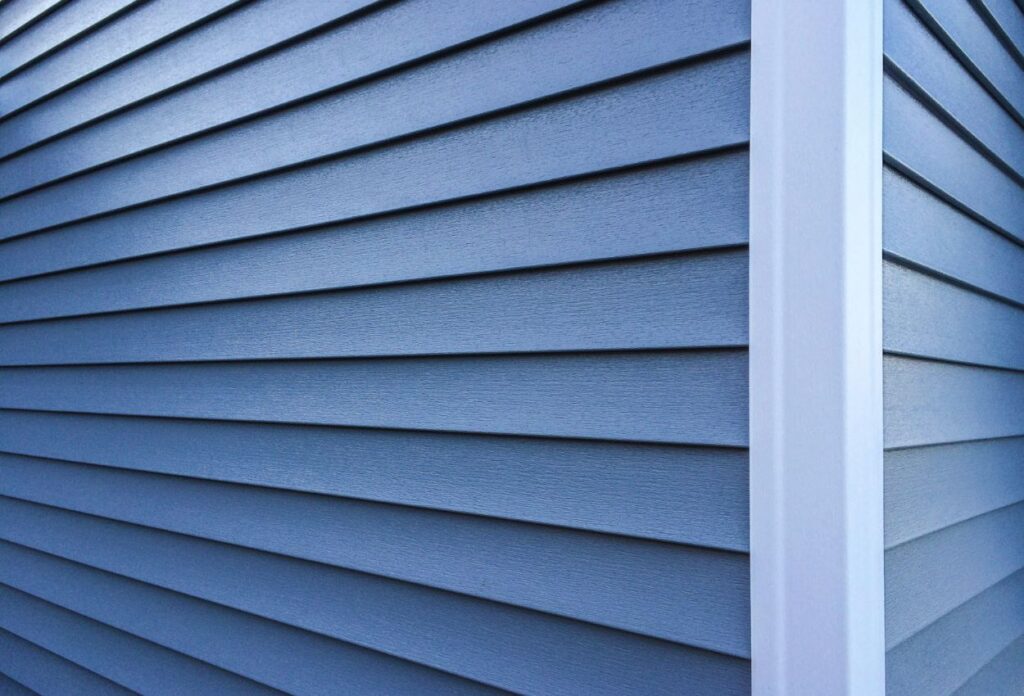
We will start our list of siding types with the most popular option: vinyl siding. This PVC-based option is the first choice of many because of its great aesthetic appeal. It comes in many colors and styles, allowing you to choose a look that matches your home. It is also a more affordable option, making it a practical choice for many families.
There are also special types of vinyl siding, like insulated vinyl siding, which has a layer of foam built in to help keep your home warm in winter and cool in summer. Another option is wood-look vinyl siding, which is made to resemble real wood but without the need for regular painting or staining.
Pros of Vinyl Siding
- Vinyl siding is designed to last through different weather conditions, from heavy rain to strong sunlight, without fading or needing a lot of upkeep.
- One of the top advantages of vinyl siding is that you do not need to re-paint it as the color is ingrained in the material itself and not put on after.
Cons of Vinyl Siding
- Vinyl siding, while durable, can be susceptible to cracking in extreme temperatures, particularly in very cold or hot climates, which may affect its longevity.
- Although it comes in many styles and colors, some homeowners feel that it lacks a premium look.
Also Read: How To Clean Vinyl Siding
#2 Wood Siding
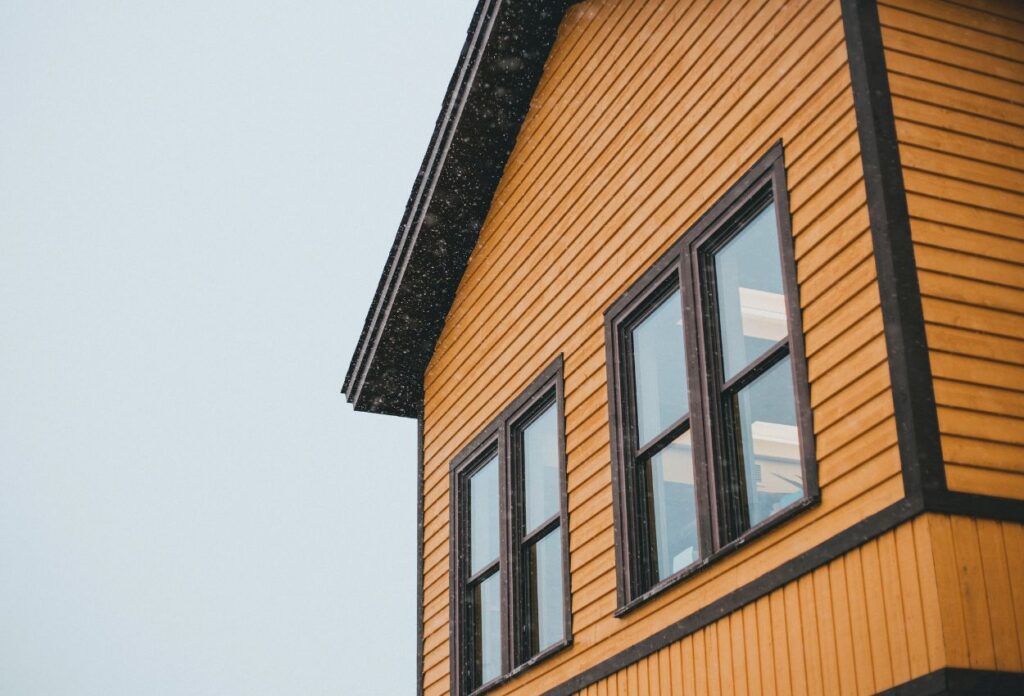
Wood siding is a traditional choice that has been used on homes for centuries. Made from natural wood, it gives houses a warm, classic, and timeless look that blends beautifully with both rustic and modern designs.
When you’re considering wood siding options, you’ll find there are several popular choices. Cedar siding is a favorite because of its natural resistance to rot and insects, plus it ages beautifully. Redwood siding offers similar benefits, with a rich color that enhances your home’s aesthetics. Another option is pine siding, which is often more affordable and can be painted or stained to match your desired look. It requires regular maintenance to prevent decay, though.
If you’re aiming for a rustic appearance, consider log siding, which gives a cozy, cabin-like feel.
Pros of Wood Siding
- One of the most aesthetically pleasing house siding options, giving your home a distinct, old-school charm.
- The natural material also makes it an eco-friendly option, especially when sourced from sustainably managed forests.
- Wood siding can be stained or painted in virtually any color, making it highly customizable to match your home’s style.
Cons of Wood Siding
- Each type of wood siding requires specific upkeep, so choose one that fits your maintenance commitment level.
- Without proper care, wood can be vulnerable to pests like termites and may develop rot or mold in damp conditions.
#3 Metal Siding

Some might say metal siding is the most underrated exterior home material. It’s versatile, durable, and adds a sleek, modern look to any house.
When you’re considering metal siding, you can choose between aluminum and steel options. Aluminum is lightweight, resistant to rust, and ideal for coastal areas. Steel, on the other hand, provides great strength and is perfect for those looking for a tough, long-lasting solution. You’ll find different styles like corrugated panels, which add a rugged appeal, or standing seam styles that create clean, contemporary lines.
With metal, you’re not just limited to silver or gray, various finishes and colors allow you to customize your home’s appearance.
Pros of Metal Siding
- Metal siding is highly resistant to fire, weather, and pests, making it a reliable and long-lasting choice.
- Additionally, it requires very little maintenance compared to other types of siding and is fully recyclable, making it an eco-conscious option for environmentally minded homeowners.
- You get some great siding color and style options.
Cons of Metal Siding
- It is prone to denting, especially in areas with hail or other impacts, which can affect its appearance.
- The initial cost is also higher than some other siding materials, but this is often offset by its long lifespan and minimal maintenance needs.
#4 Fiber Cement Siding

Another type of house siding that has been gaining attention in the last few years is fiber cement siding. It’s a fantastic option if you’re after something durable and long-lasting.
When installed perfectly, fiber cement siding is hard to beat. The siding comes in various colors and textures, allowing for customization to match different architectural styles. Compared to vinyl siding, fiber cement delivers a more authentic finish and better durability, though this comes at a higher initial cost.
Pros of Fiber Cement Siding
- Maintenance requirements are relatively minimal once installed.
- The material holds paint well and doesn’t need frequent repainting or repairs, making it a practical long-term investment for homeowners considering exterior upgrades.
Cons of Fiber Cement Siding
- Fiber cement siding is more expensive than other types of house siding due to its composition.
- There are some concerns about this siding material retaining moisture.
#5 Brick Siding
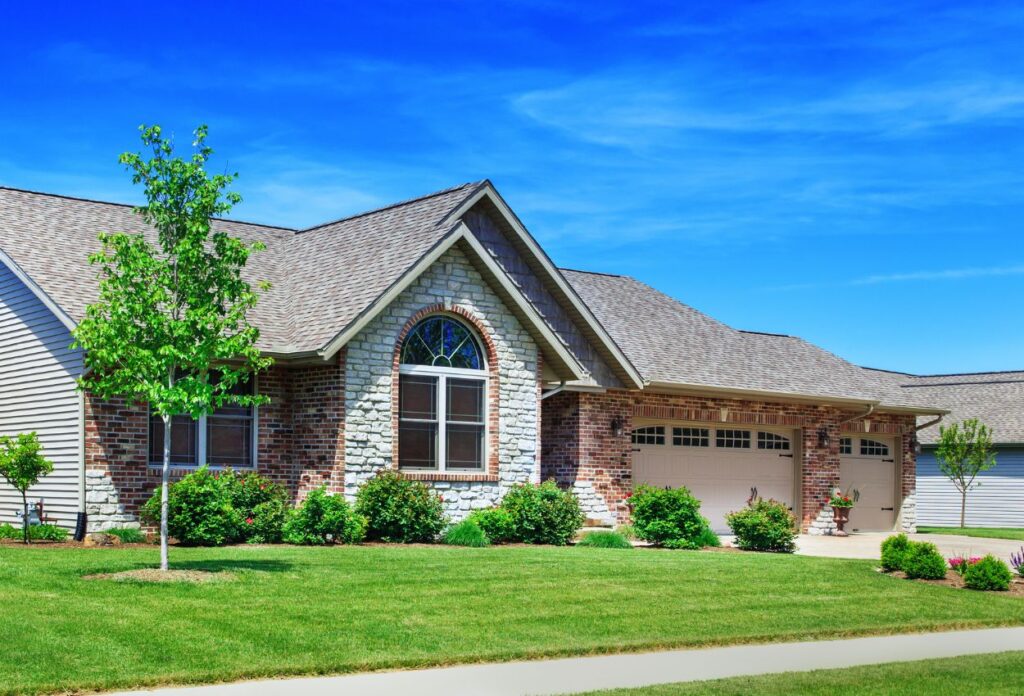
Brick has been a cornerstone of construction for thousands of years, from ancient and historic structures to modern homes. This enduring building material continues to be a popular choice for residential siding.
Brick siding combines structural integrity with traditional appeal. The material stands out for its natural durability and insulating properties, offering better temperature regulation throughout the year compared to lighter alternatives like vinyl. However, installing brick siding requires proper planning and you will need a professional siding installer.
Pros of Brick Siding
- Brick siding is long-lasting and virtually maintenance-free. It can also improve the value of your home.
- It has incredible insulating properties to keep your home warm and protected.
- Brick siding is very versatile. It is available in a variety of colors and designs, so you will have plenty of options.
Cons of Brick Siding
- It is one of the more expensive siding materials, both in terms of the material itself and the labor-intensive installation process.
- Additionally, modifying or repairing brick siding can be challenging, as matching the original bricks can be difficult.
#6 Stucco
Next on our list is stucco siding. This is not your typical house siding. Unlike traditional materials that often come in planks or sections, stucco is a textured finish made by applying multiple layers of a mixture that typically includes cement, sand, lime, and water. This material is well-known for its smooth or rough-textured look. Over the years, the color options have also increased.
While it’s most commonly found on Southwestern or Mediterranean-style homes, stucco can also be adapted to modern or contemporary designs. It is applied directly to the surface of a house, usually over a base of wood, concrete, or masonry, creating a seamless and durable finish.
Pros of Stucco Siding
- One of the main benefits of stucco is its energy efficiency and its ability to last for decades with proper care.
- It helps insulate your home by keeping heat out in the summer and warmth in during the winter, making it a great choice for energy-conscious homeowners.
- It can be tinted in a variety of colors, allowing for customization to match your desired aesthetic.
Cons of Stucco Siding
- It is not ideal for areas with heavy rainfall or extreme moisture, as prolonged exposure to water can lead to cracking or damage over time.
- Installing stucco requires skilled labor and can be more time-intensive than other materials
Make Way For Synthetic Siding
In the sections above, we explored more common siding materials like wood, metal, and stucco, which have been popular for their durability and timeless appeal. However, in recent years, synthetic house siding options have gained traction as innovative, cost-effective, and versatile alternatives to these materials. These advanced solutions replicate the look of stone, wood, or other natural elements but without the ongoing maintenance needs.
Here are some of them:
Faux Stone Veneer Siding
Faux stone veneer siding is a lightweight, manufactured material designed to mimic the look of real stone. It is created from a mixture of cement, aggregates, and pigments to achieve the texture, color, and appearance of natural stone. Unlike traditional stone masonry, which can be heavy and expensive to install, stone veneer is much easier to work with, making it a more affordable and practical choice for many homeowners.
This type of siding is durable and can withstand various weather conditions. It’s also highly versatile, making it an ideal choice for both entire home exteriors and smaller accent areas like chimneys, columns, or entryways. Faux stone veneer is available in a wide range of styles, from rugged, rustic stone patterns to sleek and modern looks, giving homeowners the flexibility to match any design aesthetic.
Engineered Wood Siding
Engineered wood siding is a composite material made from wood fibers and resin, engineered to look and feel like real wood while addressing some of its common drawbacks. This synthetic option is designed to be more resistant to moisture, pests, and weather damage than natural wood, making it a lower-maintenance alternative. Engineered wood siding is pre-treated to resist decay and is often coated with a protective layer to enhance its durability.
This type of siding is highly customizable and available in a variety of textures, grains, and colors. It can replicate the appearance of cedar shakes, clapboard, or even smooth painted wood, offering the warmth and beauty of natural wood without the need for frequent staining or painting. Engineered wood siding is also lightweight and easy to install, often reducing labor costs compared to natural wood.
How Much Does Siding Cost?
Now that you know about different types of siding, you may wonder how much siding costs for a house. The amount depends on the type of siding you install. For example, in general, vinyl siding costs around $6,000 to $17,000. On the other hand, fiber cement siding might cost around $8,500 to $20,000 for a similar sized home.
Other factors that affect the overall siding cost are the size of your home, the siding brand you choose, and the contractor you hire to install the siding.
How to Clean and Maintain Your Siding?
Keeping your siding clean and well-maintained is essential for preserving its appearance and longevity. For regular cleaning, use a garden hose with a soft-bristle brush or a cloth to remove dirt, dust, and mildew. Start at the top and work your way down to avoid streaking. For tougher stains, mix mild soap or a siding cleaner with water and scrub gently. Avoid using high-pressure washers on materials like wood or vinyl, as it can cause damage.
Start Your Siding Project With Oklahoma’s Leading Siding Installation Company!
Now that you know about the different types of siding available, it’s time to move to the next step. If you have set your eyes on a particular option, look no further than the team of A. Fricker Roofing and Waterproofing for the installation.
We have top siding experts with years of experience installing different types of siding. Other than installation and replacement, we also offer siding repair services. Contact us today at (918) 402-7167 to learn more about different siding options and the other services we offer.
